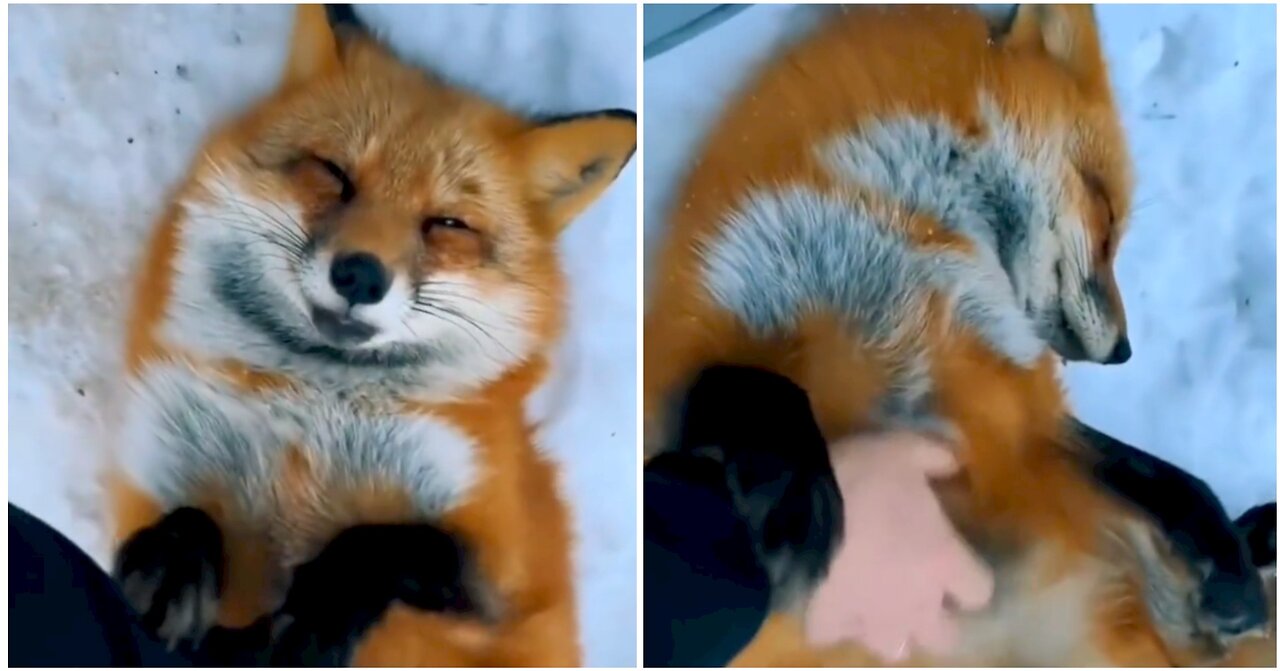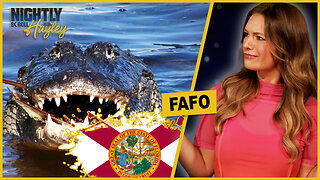Premium Only Content

Hurray.... This Fox fell in love with me
Facts you need to know about foxes:-
Not everyone has four thousand pounds to spend buying a domesticated farm fox and, as such, are restricted to watching wild animals. Getting even a glimpse of a wild rural fox can be frustratingly difficult (and I speak from considerable personal experience there); but, fortunately for those who appreciate being able to see these mammals, foxes have readily taken to our towns and cities and are now frequent visitors to gardens, whether we realise it or not.
Foxes began living in our cities after World War I; a response, many consider, to a change in people’s lifestyles. There has been some suggestion that an outbreak of myxomatosis in Britain during the early 1950s actuated the fox’s colonisation of urban areas, although the current evidence doesn’t support this theory (see urban fox QA). Indeed, it is widely held that the most likely “cause” of urban foxes was the development of once rural land after the First World War; land was built upon and, rather than moving, the foxes adapted to their new surroundings. Whatever the ultimate reason for foxes appearing in our towns, they have thrived in this environment and shortly after World War II they were commonplace in some southern cities. DEFRA, at the time known as MAFF, for example, shot 181 foxes in southeast London during 1947.
My experience, and that of many others, is that foxes readily become used to human activity and learn to ignore it. (It is worth mentioning that tolerance is not the same as “tameness”, which is a mistake many people seem to make – wild foxes are just that, wild, regardless of how relaxed they appear in your company.) In fact, they can become so unfazed by, almost complacent of, human activity that they have been seen in busy high streets during the daytime, they wander around an industrial estate near me in the middle of the day ignoring the cars and workers, and dodge lorries to scavenge on rubbish tips. It should be remembered that foxes have evolved a strategy of judging danger, in centuries past from predators such as wolves and lynx, from a distance, which probably explains why they tend to sit and watch us rather than immediately fleeing.
-
 LIVE
LIVE
RalliedLIVE
2 hours ago $0.50 earnedMonday WZ - Specialist Addict Gets Wins
149 watching -
 LIVE
LIVE
SpartakusLIVE
1 hour agoSpart RETURNS || The Masses REJOICE
90 watching -
 14:09
14:09
Tundra Tactical
2 hours agoWhat Your SBR Says About YOU!!!
801 -
 23:57
23:57
Solar Groove Muzic
4 hours agoSummer EDM | Afro House Music 2025!
301 -
 LIVE
LIVE
LIVE WITH CHRIS'WORLD
4 hours agoLIVE WITH CHRIS’WORLD - Did Trump Stop Nuclear War? HERE’S HOW IT WENT DOWN!
176 watching -
 47:41
47:41
Donald Trump Jr.
5 hours agoThe Trump Doctrine & American Strength, All the Latest Breaking News | TRIGGERED Ep.252
80.5K109 -
 LIVE
LIVE
The Jimmy Dore Show
2 hours agoIran Rocket Attack on U.S. Base in Qatar! Marjorie Taylor Greene RIPS Trump! w/ Dr. Juliette Engel
13,648 watching -
 1:07:26
1:07:26
BonginoReport
3 hours agoAlligator Alcatraz! FL AG Floats Solution To Illegal Alien Crisis - (Ep.75)
55.9K32 -
 LIVE
LIVE
The Mike Schwartz Show
3 hours agoTHE MIKE SCHWARTZ SHOW with DR. MICHAEL J SCHWARTZ
215 watching -
 1:05:07
1:05:07
TheCrucible
4 hours agoThe Extravaganza! EP: 09 with Guest Host: Jay Dyer (6/23/25)
80.1K17